First Trans-Tasman terrestrial contact on 3.4 GHz
On the Saturday the 23rd November 2019, the Tasman was crossed to VK on the 3.4 GHz amateur allocation. Stephen Hayman, ZL1TPH/p (RF65JM) worked Kevin Johnston, VK4UH/p (QG53TC) on SSB with 5/5 reports both ways. Path distance was 2193 km.
The official date and time of the contact was the 22nd November 2019 at 21:05 UTC.
Stephen reports: Kevin VK4UH, along with the Scott VK4CZ, and Colin VK4MIL from the Brisbane VHF group, VK4IF/p, had formed a VHF contest team, and operated portable from Mount Mowbullan, 200 km inland from Brisbane. This site is at 1100 metres in altitude and has sea views towards New Zealand.
It was arranged via email a week or so before, if band conditions looked favourable during the 23, 24th VK W.I.A Spring Contest would you be interested in activating Cape Reinga and attempting our first Trans-Tasman on 3.4 GHz? Two of three days before this event, the Hepburn tropospheric ducting charts looked very favourable, so we booked a motel in Kaitaia for four nights.
Kaitaia was the base camp for a 1 ½ hour drive each day to Cape Reinga. Cape Regina also has sea views towards VK. One advantage of Cape Reinga is that it is generally 200 km closely to VK than the rest of New Zealand.
On the Saturday morning, after leaving Kaitaia at 5 am in the morning, we set up portable from the SUV and listened on 144.100 MHz for any activity. The band to VK on VHF looked open with the low cloud and breeze from the West.
We waited a while and first worked VK4OX on 144.1 MHz, he was 5/7, and just after, VK4RF and VK4IKA were both 5/1. (Worked later were VK4DH and VK2ZT)
Then VK4IF/p, the Brisbane VHF contest station appeared, they were 5/9 with a very strong signal.
They then asked me to setup my dish and station on 3.4 GHz. That took 15 minutes. With a call back on 144.1 MHz they were only 5/2. I told them give me a call on 3400 MHz anyway, or 3.4 GHz.
With my portable station, I use the new ICOM 9700 and use the two bands of 144 and 430, and the 430 MHz band is used as the IF or intermediate frequency for conversion up to the 3.4 GHz.
I heard then straightway on 3.4 GHz.
We exchanged 5/2 - 5/4 both ways initially and then upped it to 5/5 both ways. And easy contact in other words, despite the high QSB which you get on microwave at distance. Kevin VK4UH then passed the microphone over to Scott, VK4CZ and we worked him also. Colin VK4MIL assisted greatly in the background.
A new VK- ZL national distance record had been set, on the 3.4 GHz band with a path distance of 2193 km.
Equipment at both ends was a 1 metre dish along with 30 watts TX power and low noise microwave transverters. To add to that, the tropospheric duct assisted across the Tasman to VK. The VK end used a 142.1 MHz IF, and I used a 430.1 MHz IF.
On the subject of QSB on 144 MHz, and with what leads to higher band microwave contacts, which is something of interest? With tropospheric propagation to VK you normally get fairly constant signal strength on the 2 metre band, admittedly you do get the rolling slow QSB, but not the sudden and sharp drop with QSB which we experienced on this day. The same occurred on 144 MHz when I worked VK4OX on 2.4 GHz back in 2011.
My thinking on this subject; is that entry level to the tropospheric duct is not optimum at one end, remembering one station was up at 1100 metres in VK, and the other in ZL only 108 metres above sea level.
To be honest, I’m not sure. Others say you should never use 144 MHz as a guide to higher band propagation; you should use 432 MHz as the gold standard or benchmark. If, say 432 MHz propagation to VK is intense and strong, it will be open to VK on all bands up to 10 GHz.
Stephen ZL1TPH
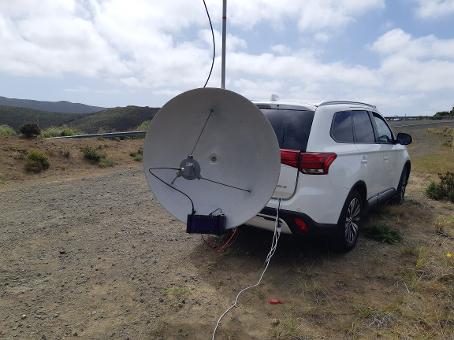
Cape Reniga end. 3.4 GHz
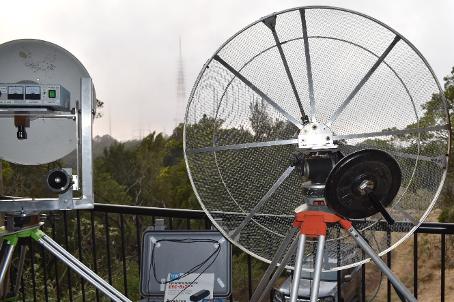
VK4UH, Mt Bowbullan Queensland Austrailia 3.4 GHz
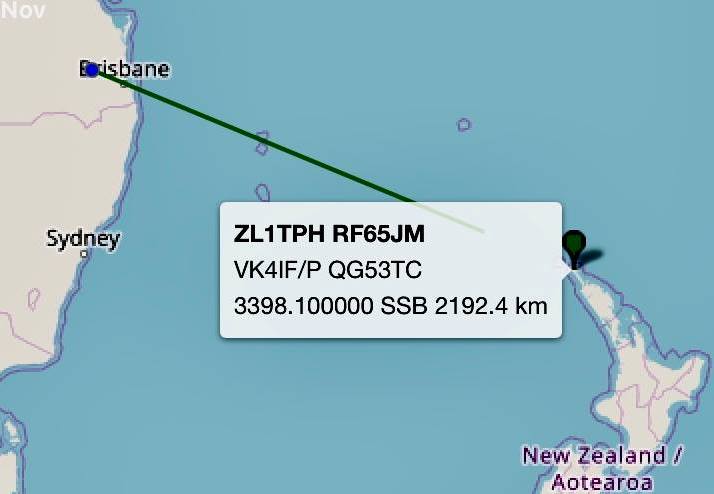
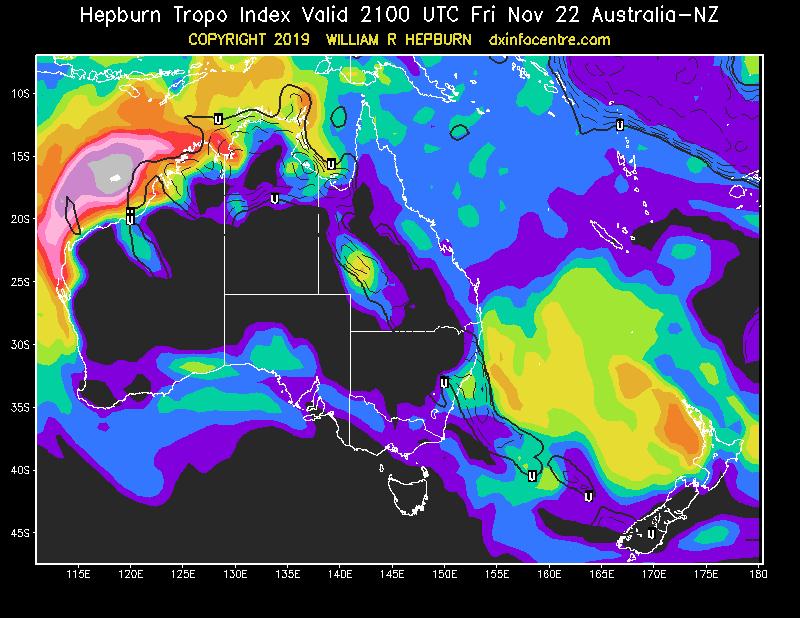
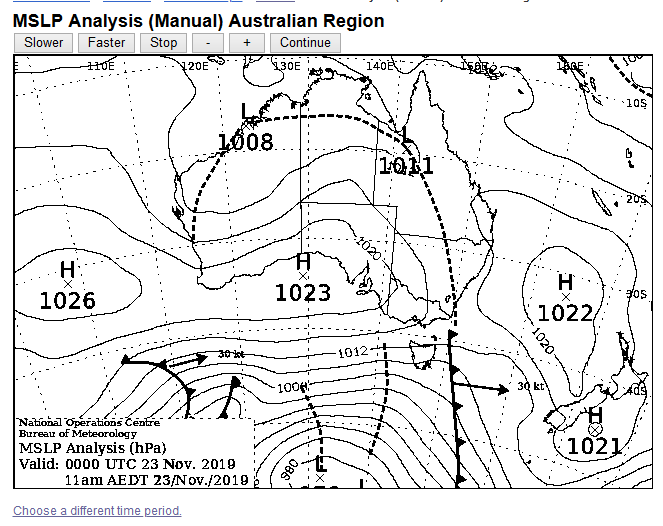
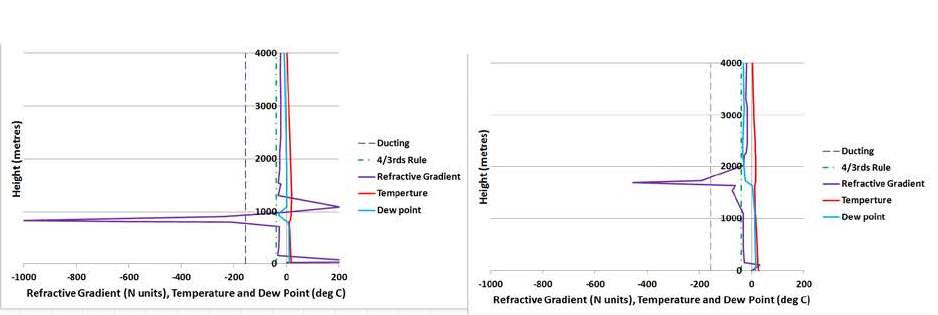
Refractive index Cape Reinga indicating very strong inversion Refractive index Brisbane indicating strong inversion
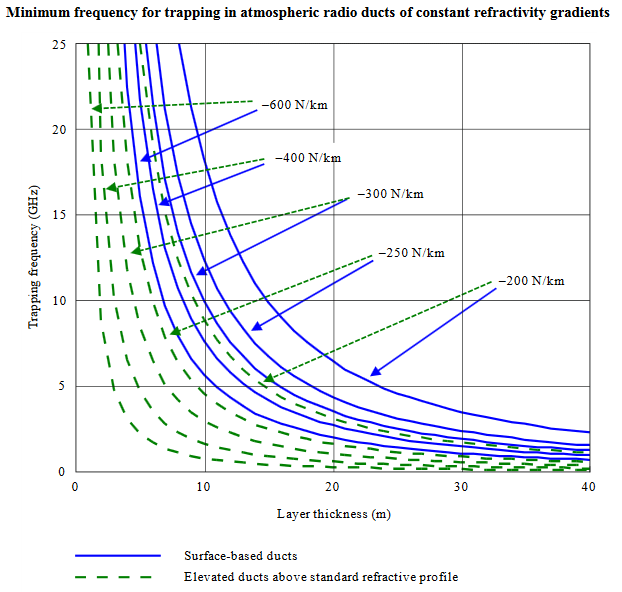
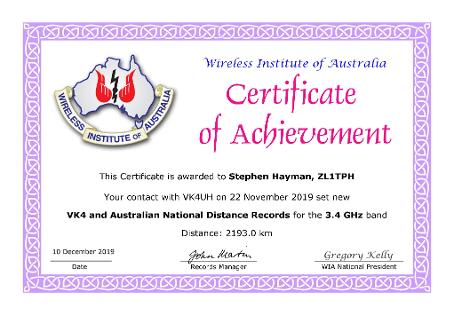
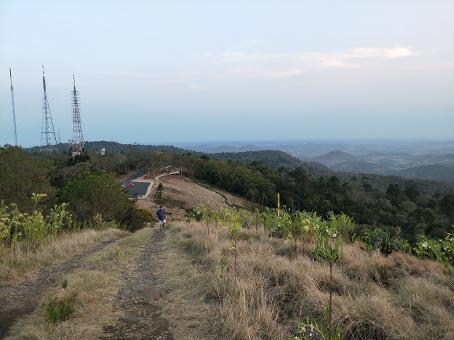
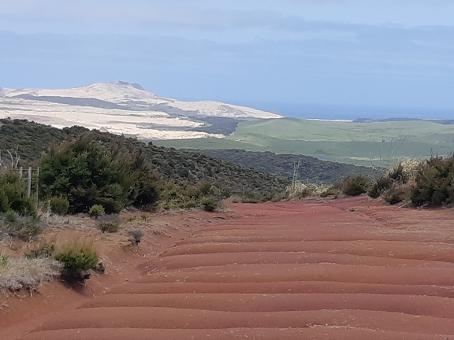
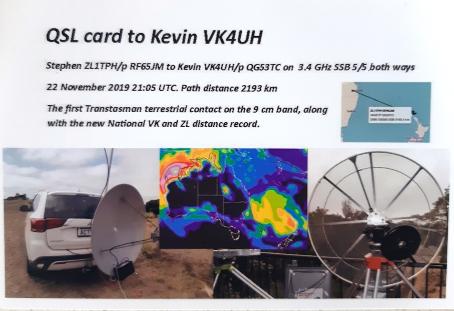
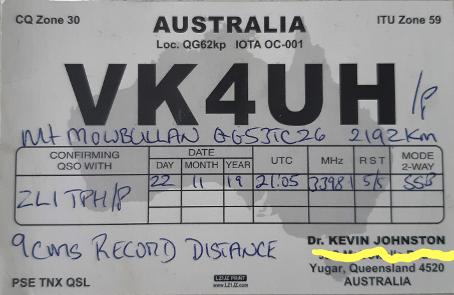
Graphs with credit to Rex VK7MO